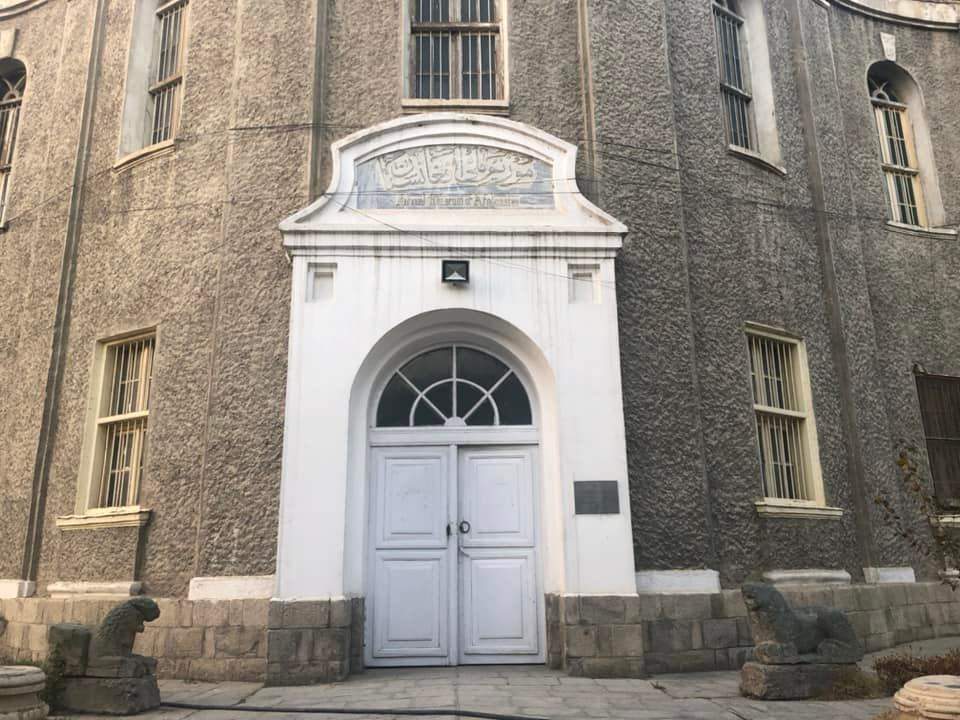In Kabul, the National Museum of Afghanistan reopens after four months.
In Kabul, the National Museum of Afghanistan reopened to the public last Nov. 27: the country’s main institution had in fact closed its doors after the Taliban entered the capital last Aug. 15 (read also Finestre Sull’Arte’s interview with the museum’s director, Mohammad Fahim Rahimi). The announcement of the reopening was made on the social channels of the museum, which will open Saturday through Wednesday from 9 a.m. to 3 p.m. and Thursday from 9 a.m. to 12:30 p.m., while Friday, a day of rest for the Islamic religion, will be closed.
The Afghan Khaama news agency, however, reports that director Rahimi let it be known that some items were stolen and ended up abroad (the pieces, however, would not have been stolen, according to Rahimi, after the Taliban entered the city). At the moment, the museum is in contact with the Afghan embassies in the countries where the objects were seen in order to try to recover them: in fact, the restitution operations, the director let it be known, will continue even under the Taliban government. Rahimi also let it be known that the museum was closed for four months in order to protect its collections and prevent possible looting because, Khaama reads, “it was feared that armed people were posing as Taliban to cause damage to the collections.” The Taliban government’s minister of information and culture, Zabiullah Mujahid, has made it known that the Taliban is committed to preserving Afghanistan’s cultural sites and monuments.
According to Al Jazeera, about 50 to 100 people currently visit the museum daily. The Qatari broadcaster also reports that all employees have returned to work at the museum, which, however, has not received salaries since the closure. The only changes in staffing have been in the area of security personnel, as the Taliban have replaced the police contingent that guarded the institution before the fall of Kabul. In addition, the Taliban have introduced female guards to monitor female visitors. Apparently, however, there are problems: again according to Al Jazeera, power outages are frequent, and last Friday some Taliban who were visiting the museum were forced to proceed between the halls by shining their cell phone flashlights.
The Taliban had subjected the museum to several lootings in 2001, including destroying artworks deemed contrary to the precepts of Islam, and placing several items on the underground market. This was the same period when fundamentalists were destroying the Buddhas of Bamiyan.
Pictured: the facade of the museum
 |
| In Kabul, the National Museum of Afghanistan reopens after four months. |
Warning: the translation into English of the original Italian article was created using automatic tools. We undertake to review all articles, but we do not guarantee the total absence of inaccuracies in the translation due to the program. You can find the original by clicking on the ITA button. If you find any mistake,please contact us.




























